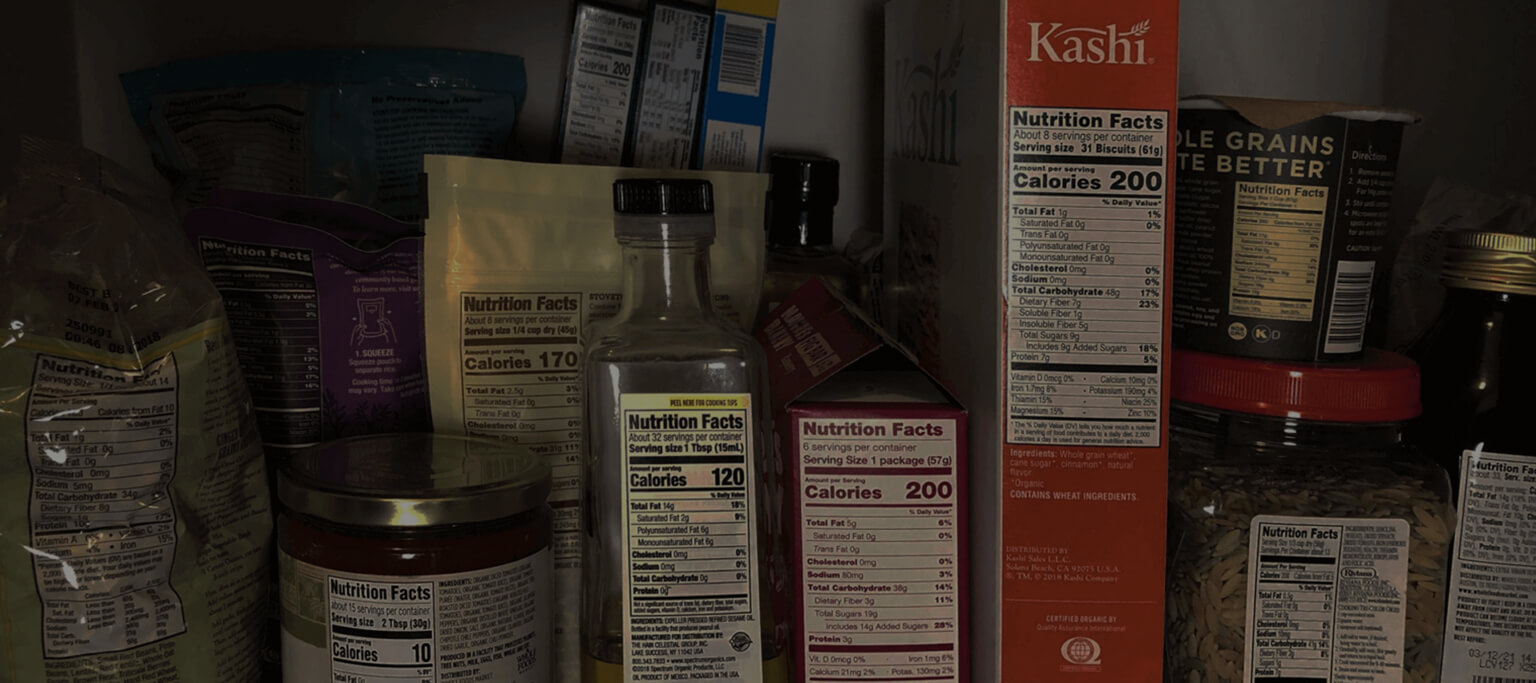Food, beverage and supplement manufacturers constantly deal with changes in nutrition trends and regulations that require diligence to remain both compliant and competitive in their industry. One of the components of the compliance requirements is labeling their products appropriately and in accordance with the Food and Drug Administration (FDA) guidelines.
Preparing nutrition labels for various products can be a complicated and time-consuming task and getting it wrong exposes food manufacturers to a range of risks including voluntary or mandatory recall, products considered misbranded, administrative detention along with losing reputation and trust with their trading partners and consumers.
The Food and Drug Administration (FDA) is responsible for assuring that foods sold in the United States are safe, wholesome and properly labeled and to be FDA compliant, manufacturing companies must adhere to the FDA food labeling regulations contained in a document that is several hundred pages long. There are strict rules about how to name a product, where to place the required objects on the label, how to make nutrient content claims like “low fat” and “high fiber”, what information must be included depending on the type of product, how the information should be displayed, what type and size of font should be used, etc.
Changes in Regulations
Although regulations are established and are reflected in this guidance, they are subject to change and it is the responsibility for the food industry to remain current with the legal requirements for food labeling.
For example, some changes that became effective January 2020 include:
- Serving sizes will be displayed more prominently, using a larger, bolder font and will better reflect the amount typically consumed in one sitting.
- ‘Servings per container’ and calories will be displayed in larger, bolder font to draw the consumer’s attention.
- Vitamin A and C are not required to be displayed anymore because US consumers rarely have these deficiencies. However, vitamin D, iron, potassium and calcium are required to be displayed.
- Language of the ‘daily % value’ footnote has been changed.
Role of Consumer Awareness
Consumer awareness has increased manifold in recent years and plays an important role in applying the quality and safety procedures of food products through labeling, claims, and nutritional facts. Consumers are educated about nutritional values, contaminants, allergens, etc., and want to know more about the products they buy–list of ingredients, where they come from, how the product is manufactured, etc. An ERP solution can help you with accurately labeling your products to satisfy this need and build trust.
A food labeling survey conducted in 2019 by the International Food Information Council Foundation shows that 70% of the consumers look at the nutrition label to determine the healthfulness of the food item and while only 16% of consumers trust statements made on food packaging by food companies, 33% trust them if they were made by government agencies like FDA, and this influences their perceptions and purchase behaviors. This shows the importance of correct labeling along with being FDA and USDA compliant.
The Solution
BatchMaster Software’s Food Formulation module ensures label claims and generates a variety of compliant Nutritional Fact Panels, using nutritional data exported from the EHS Genesis database. With an integration to Genesis R&D, the nutritional information of your proprietary recipes will be current and accurate, avoiding the unnecessary risks of customer chargebacks, recalls and regulatory fines.



